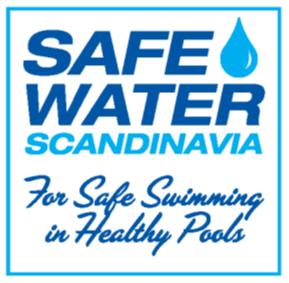
SafeWater Scandinavia
SafeWater Scandinavia's product REDUTRI is a unique and patented product and method that enhances the environment in swimming facilities for swimmers as well as staff.
The Environment in Swimming Facilities
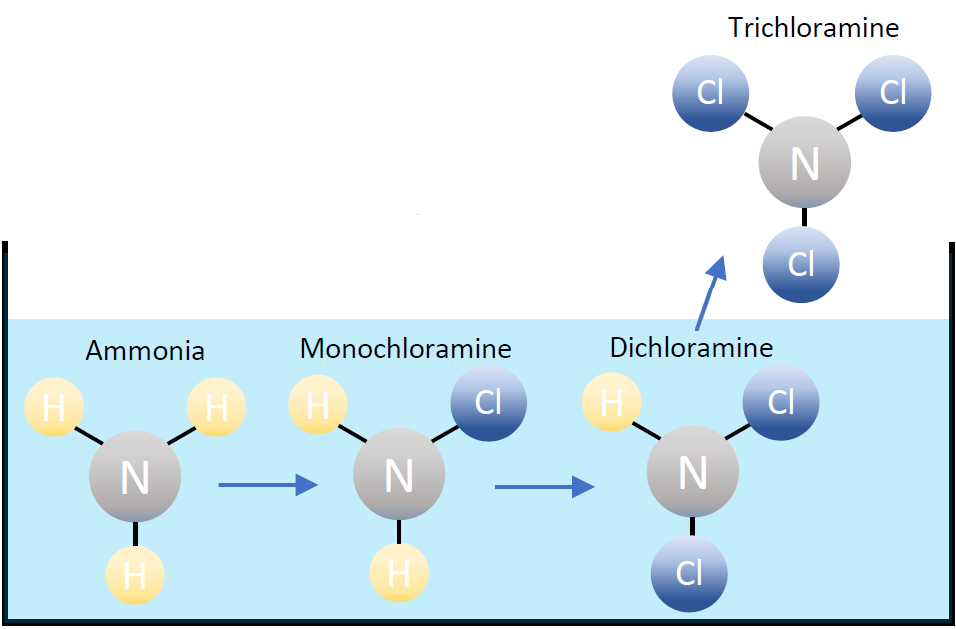
Trichloramines - Detection, Control and Measuring
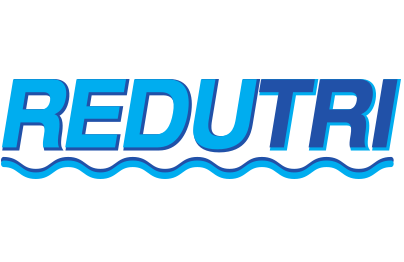
Reduction of trichloramines - REDUTRI
Services and Products
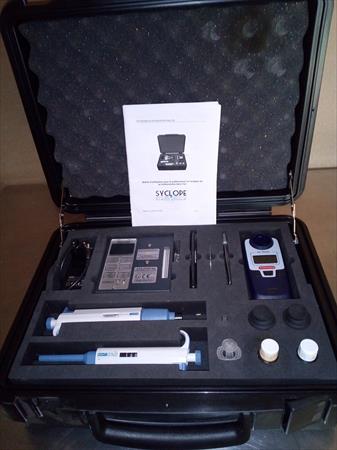
Measuring of trichloramines
Read more about the measuring of trichloramine
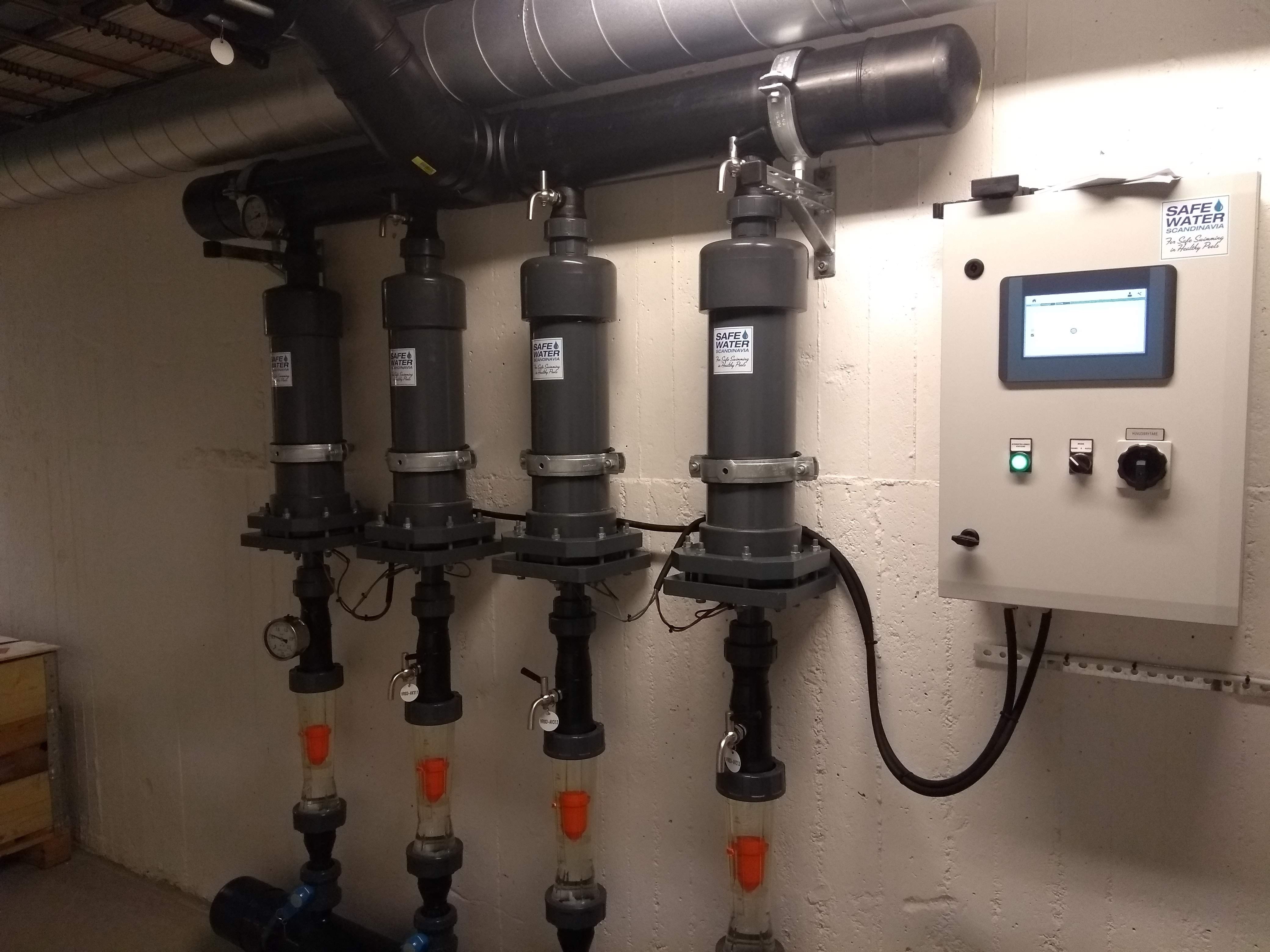
Installation of REDUTRI
Read more about the installation of REDUTRI
Trichloramines and the environment
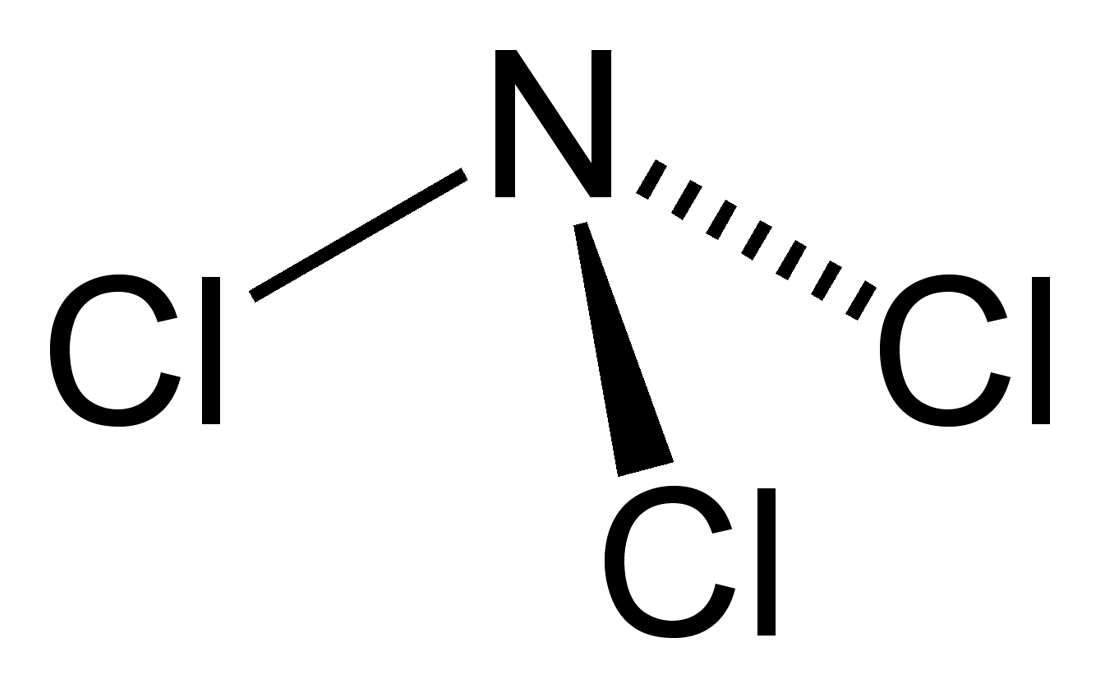
Trichloramines
Trichloramine -
The asthma agent!
Trichloramines and elite swimmers
Trichloramines and sensitive groups
Reduction of trichloramines -
not only a health issue
Trichloramines -
Detection, Control and Measuring

Detection
Control
Measuring
Reduction of trichloramines - REDUTRI
Reduction
New method and new equipment
REDUTRI documented results
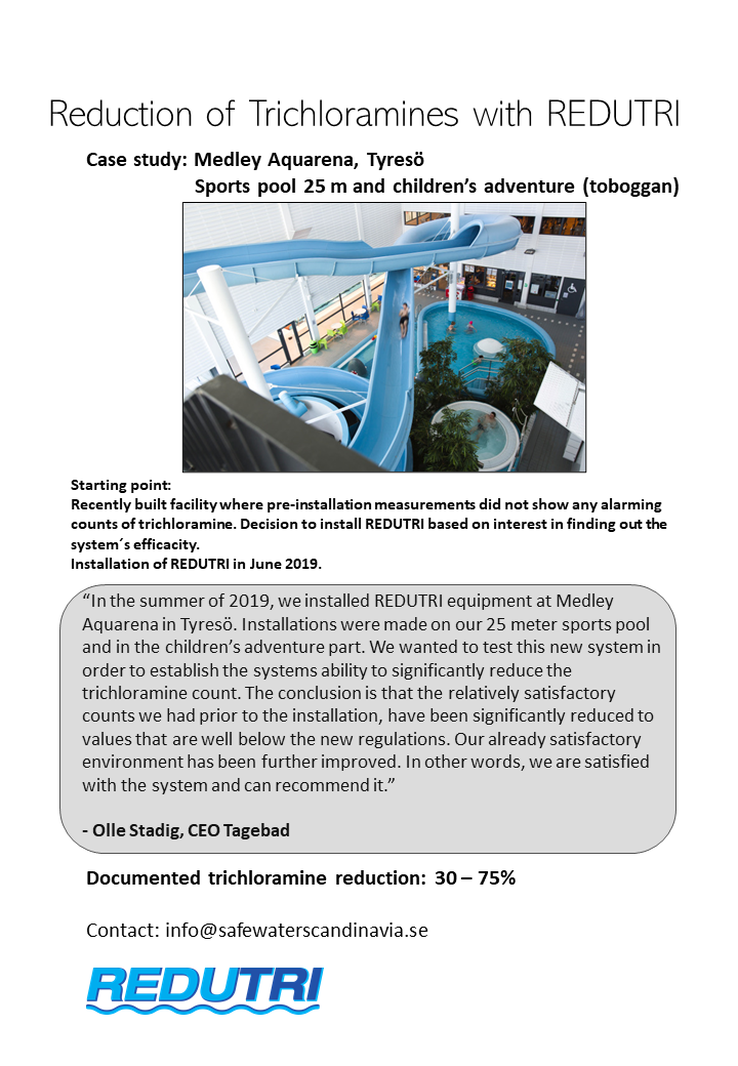
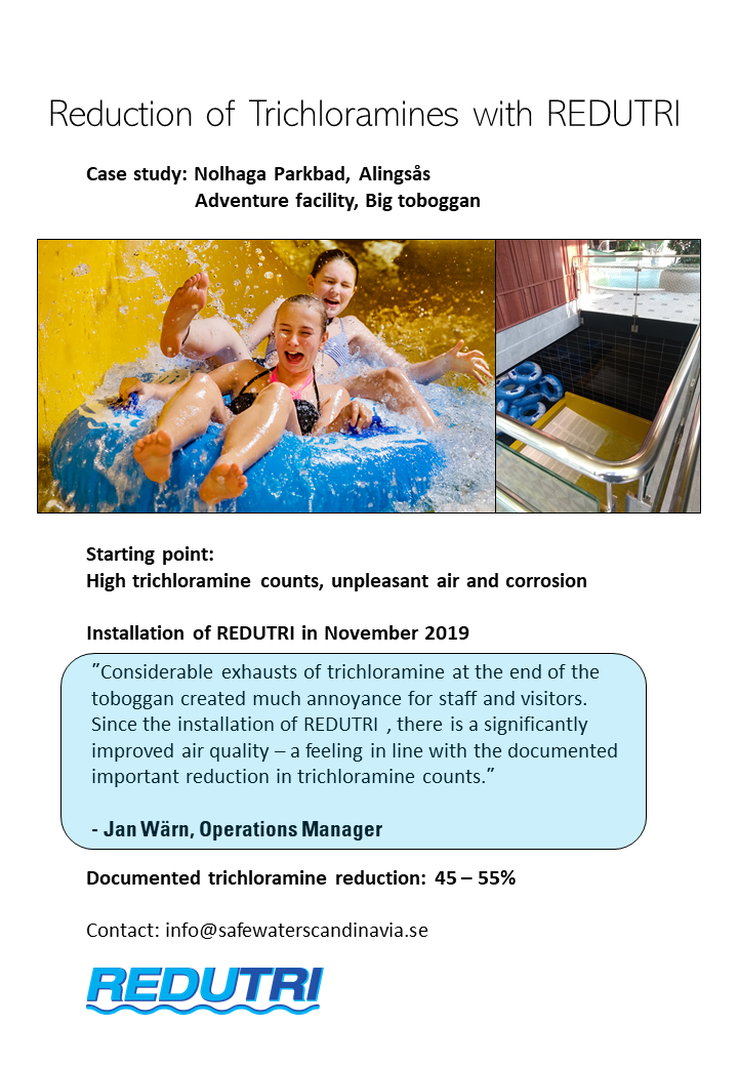
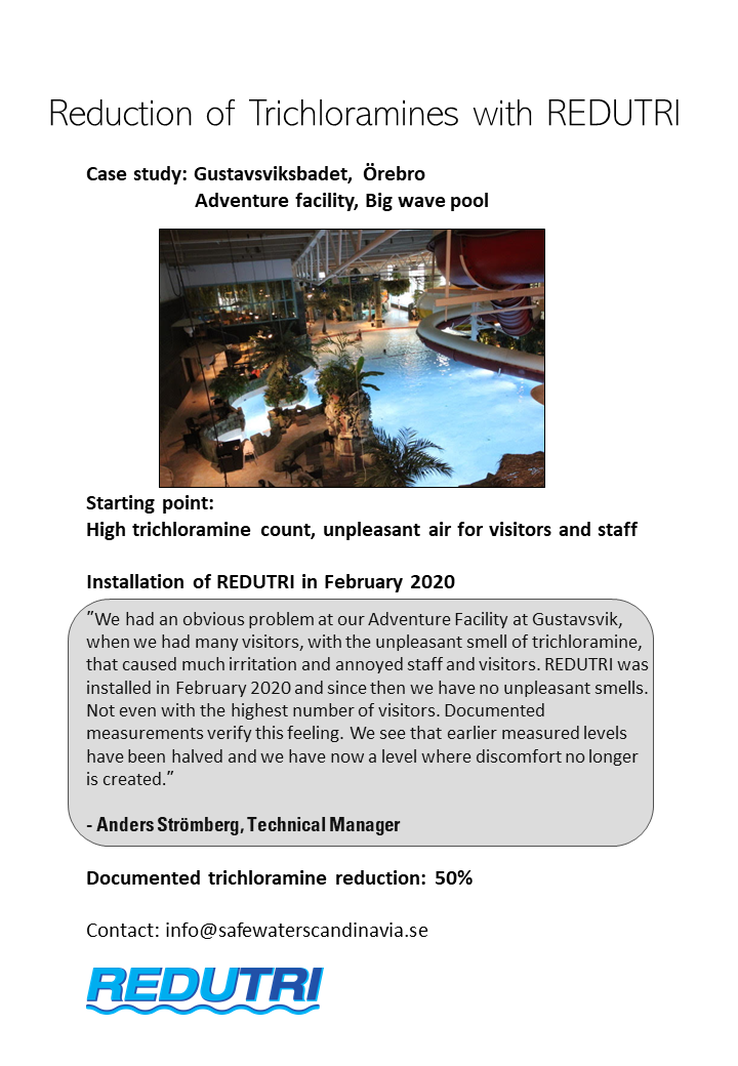
Send a Message
Contact
Safewater Scandinavia AB
Monday-Friday: 8:00 AM - 5:00 PM

